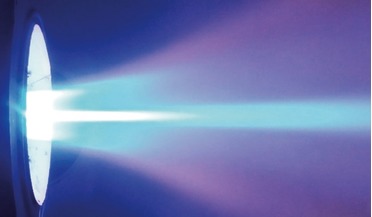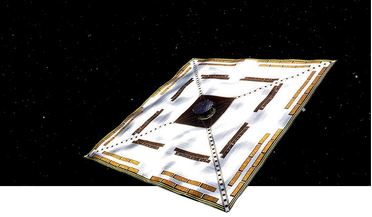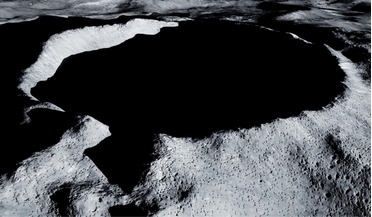 04 October 2016
Results of this years Nobel Prize in Physics is released
04 October 2016
Results of this years Nobel Prize in Physics is released
... of Washington, USA and J. Michael Kosterlitz now at Brown University, USA, pioneered work that showed that superconductivity or suprafluidity could occur in a flat world – on surfaces or inside extremely thin layers that can be considered two...
 October 2020
Superconductors - key to unlocking high power space missions
October 2020
Superconductors - key to unlocking high power space missions
..., as well as reducing the dependence on them through direct current electrical system architectures. Detailed studies for fully-superconducting aircraft show that the use of HTS can reduce the PMAD system mass by as much as 95 percent. Such...
 April 2018
Developing Mars
April 2018
Developing Mars
... geomagnetic field first proposed by Motojima and Yanagi in 2008 [25]. The LMT proposal would suspend a five-cable superconducting system from the Omaha Crater rim to shield exposed crater surface facilities. Magnetostatic modelling indicates that...
 November 2017
Radiation protection for space colonists and travellers
November 2017
Radiation protection for space colonists and travellers
...’ or ‘HZE’ (high atomic number and energy) particles in some literature. Active radiation shielding using high temperature superconducting magnets. Designed to protect A spaceship with a metal skin that uses plastic interior walls and supports, with...
 April 2020
Plasma Clipper - opening the age of sail, in space travel
April 2020
Plasma Clipper - opening the age of sail, in space travel
... coils (the plasma magnets) – a drag coil and a payload coil, both with sails attached – fastened together by a superconducting tether that contains wires to transfer power from one set of coils to the other. For this to work...
 May 2020
Protecting areas of scientific importance on the Moon
May 2020
Protecting areas of scientific importance on the Moon
...and grouped to suit the lunar environment. PSRs like Shackleton, chilled to around -240C, could provide a stable, superconducting environment that is ideal for sensitive receivers and other antenna components. Another advantage of this crater is that...